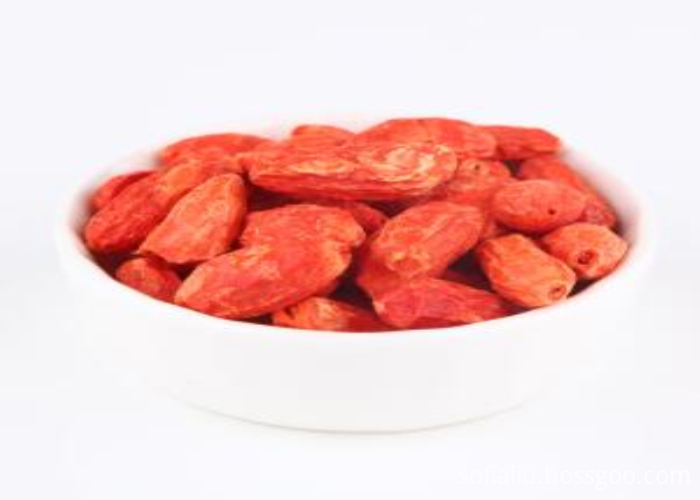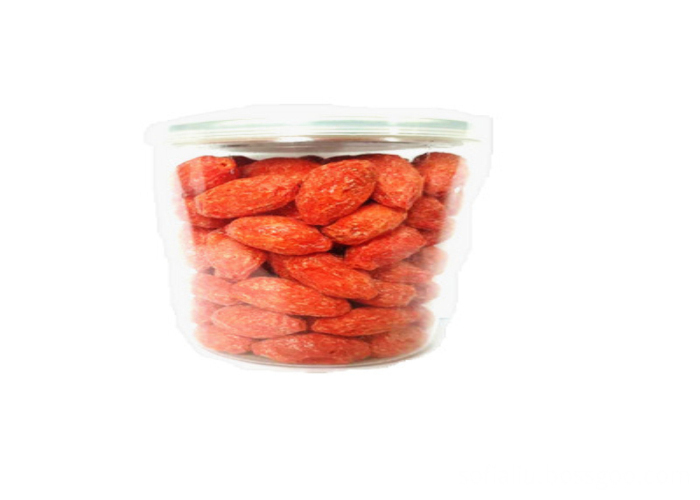First, anti-carbon-nitrogen ratio imbalance. The carbon-nitrogen ratio of corn stover is 65-85:1, and the ratio of carbon to nitrogen suitable for microbial activity is 25:1. Nitrogen is insufficient in the soil after returning straw to the field. Microorganisms compete with crops for nitrogen. Wheat seedlings will be yellow due to nitrogen deficiency. Thin, poor growth. Solution: After the straw is crushed, spread 50 kg of ammonium bicarbonate or 20 kg of urea per acre on the surface of the straw, and then plow.
Second, anti-stalk crushed too thick. Some crushed stalks are too long and the length is more than 10 cm, which is not conducive to ploughing and affects sowing. Solution: Use a large straw crusher with a relatively large horsepower, so that the straw is finely crushed, and the rotation is deeper, and the straw is evenly mixed with the soil.
Third, the soil is too loose. After the straw is returned to the field, the soil is too loose and there are many large pores. The wheat seeds cannot be in close contact with the soil, affecting the germination and growth, being not firmly rooted, and even appearing as a phenomenon of “hanging rootsâ€. To solve this problem, in addition to improving the quality of straw smash, we must pay attention to the following aspects: (1) Apply enough nitrogen, phosphorus and potassium fertilizers. (2) Improve soil moisture. (3) Improve the quality of sowing. (4) Timely suppression and watering. After wheat sowing, it was air-dried for 1 day and was pressed with Dendrobium to densify the soil.
In addition, the diseased straw can not be returned directly to the field, otherwise the summer corn is prone to disease. This kind of straw should be destroyed or put into the farmland after high-temperature composting.
Freeze Dried process is a method to freeze the dry liquid materials into solid and use the sublimation properties of ice under low temperature and pressure to dehydrate the materials and achieve the purpose of drying. Freeze-drying technology first appeared in the space field, and it is known to all that the space food has a high quality requirement, which is designed to meet the needs of the astronauts in space for the nutrition of fruits and vegetables. Because freeze-drying technology not only let the color, aroma, taste, nutrition of the food itself, but also make food more convenient to carry and transport. With the development of economy, freeze-drying technology has been applied to daily food processing, so the lyophilization process is also called aerospace food technology.

Freeze dried food is to use rapid freezing, vacuum dehydration method of ice, preserved the original color, aroma, taste, nutrition, and the appearance of the original material, the water content of only about 5%, because of the particularity of its craft, by freezing to break the cell wall, so crispy, nutrition, easy absorption

Goji Berry,Freeze Dried Wolfberry,Freeze Dried Goji Berry,Organic Freeze Dried Goji Berry
Ningxia Wolfberry Goji Industry Co.,ltd , https://www.nx-wolfberry.com